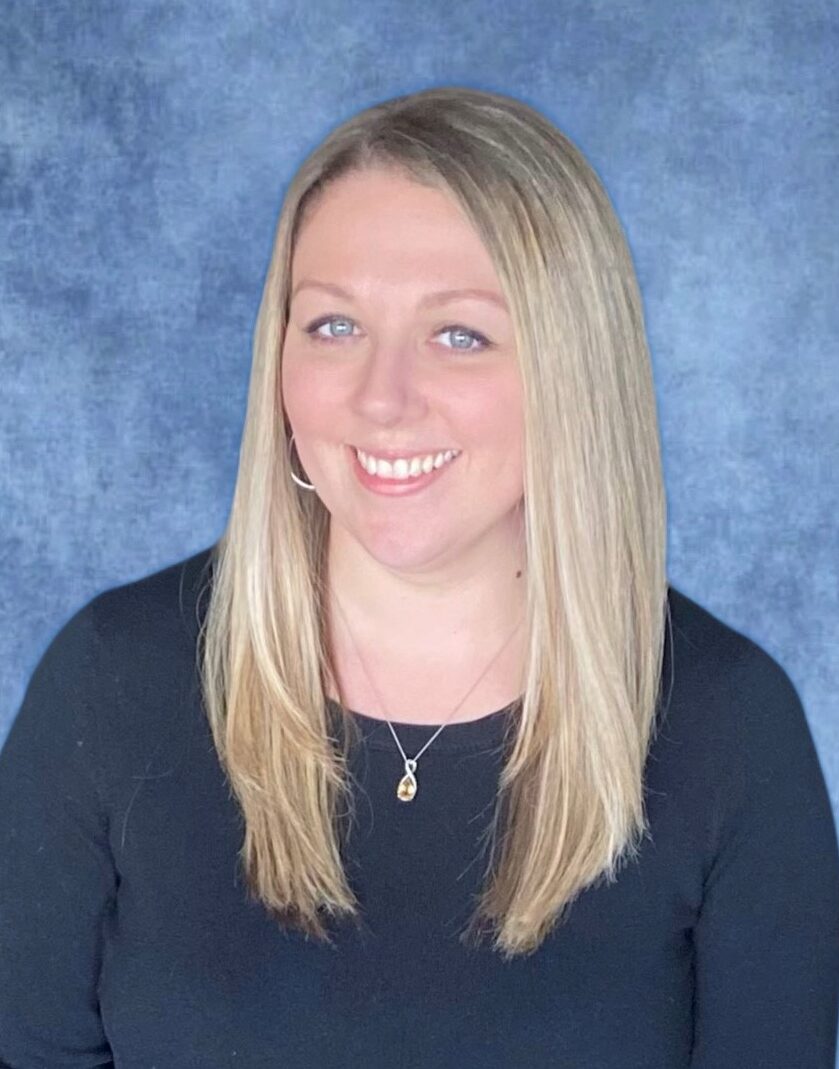
Elizabeth Kvamme
Kalifornsky Beach Elementary School
Soldotna, Alaska
ekvamme@kpbsd.org
Best Practices
1) One example of best practice in action is my dedication to creating a culture of equity and inclusion at K-Beach Elementary. One of the reasons that I feel passionate about PBIS is because it can assist with these two areas in a school. The purpose behind creating a classroom- managed versus office-supported behavior chart was to ensure equity in how behaviors are handled regardless of classroom teacher or area of the school. Having a structured definition of which behaviors should be office discipline referrals helps with eliminating implicit bias within the disciplinary system of our school.
Our PBIS team meets regularly to examine office discipline data with the purpose of looking for patterns. In past years, our conversations focused mostly on the number of referrals in different areas of the school or comparing the number of referrals between boys and girls. I wanted to dive deeper into our data to see if certain populations, such as students with disabilities or Alaska Native students, are disproportionately represented in our discipline data. With the assistance of our school counselor, our PBIS team is now able to look at office referral data by subgroup. We have had team discussions about why some subgroups may have higher representation in our data and how we can change that. We are transparent with the staff and share discipline data frequently.
Over the last several years, K-Beach has developed a partnership with the Kenaitze Indian Tribe (KIT). Cultural instructors from KIT work in our building four days a week supporting Title XI students. The cultural instructors also work with classroom teachers to plan cultural activities such as making moose hide drums, beading, storytelling, and making akutaq. I work with the KIT liaison to assist with identifying Title XI students, scheduling, and bussing logistics. Earlier this fall, KIT hired an outside auditor to gather information and provide feedback regarding their work in our local schools. KIT invited me to meet with the auditor on their campus to share successes and provide feedback on how to improve our partnership moving forward. Working alongside my principal to develop a working relationship with KIT has benefited our school greatly. It has increased the feeling of belonging and inclusion amongst our Alaska Native students, and it benefits our student body as a whole to learn about the local Dena’ina culture.
2) Another example of best practice in action is evident in my passion for providing teachers with high-quality professional development by utilizing teacher leaders in the building. I believe that professional development should be timely, relevant, and occur frequently. Over the past several years, I have worked with my principal and our building leadership team to provide a menu of options for professional development during in-service or early release days. This typically includes two to three short PD sessions with a variety of offerings during each session. Teachers can choose which sessions are most relevant to them and their current needs. This model allows choice and a personalized pathway for teachers and their professional growth. Each choice session is aligned with a school development goal or a state initiative. Often times new sessions build upon previous learning to enhance instructional practices throughout the building.
During our monthly leadership team meetings, administration seeks feedback from the team on upcoming PD offerings. The team determines the areas of focus and identifies experts within the building who would be best suited to host the individual PD sessions. The following sessions were offered to staff during our January 2023 in-service: intermediate word study strategies, restorative practices, i-Ready tips and tricks, trauma-engaged practices, and an introduction to University of Florida Literacy Institute (UFLI) Foundations. Each session was planned and hosted by a different teacher leader at K-Beach Elementary.
At our monthly staff meetings this year, my principal and I have been providing our staff with information related to the Science of Reading (SOR). Because the level of understanding varies amongst our staff, we chose to provide personalized PD where staff can explore resources independently and deepen their knowledge about SOR. At a recent staff meeting, each teacher was provided a digital menu of “exploration resources” that included short articles and videos about topics related to SOR. After teachers had time to explore independently, they were tasked with writing down one idea, thought, or realization that they gained from their work. Teachers shared their thoughts with colleagues. The activity took twenty minutes from start to finish, but the room was filled with rich conversations about reading instruction and best practices. Throughout the year, we are working to provide a foundation of understanding of the SOR for our staff with the purpose of creating knowledge and buy-in as we approach an instructional shift for many teachers.
Beyond facilitating the planning of PD offerings, I make it a point to be present with our staff during the PD. I am a full participant in the learning and I model the dispositions that I hope the teachers will display. Over the years, administration and the leadership team has received positive feedback from our staff on the format and offerings of PD at K-Beach.


